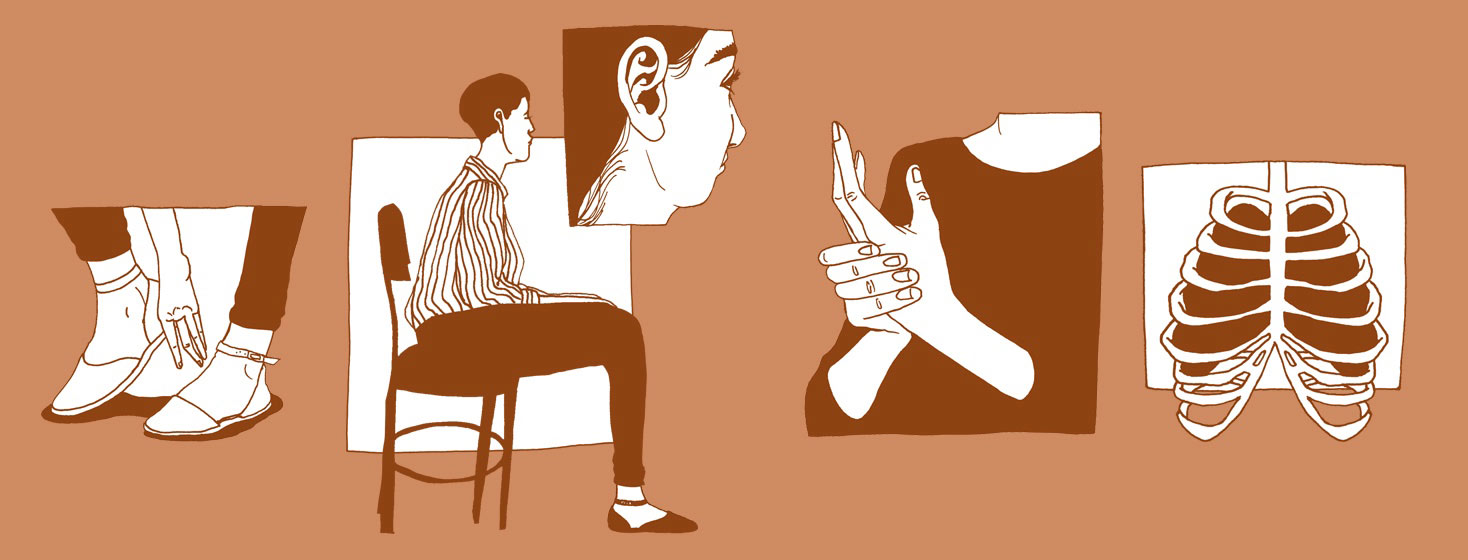Managing Flares by Listening to My Body
I am turning 30 this year, which has prompted me to start thinking about what I am taking away from my 20s. There are definitely moments I never want to repeat again *facepalm* but also beautiful lessons that I want to remember and build upon.
Daily body scanning
I started therapy recently (let’s be real, who didn’t need therapy after 2020). It has been transformative in helping reduce my stress and understand my triggers. Both of these factors are important in reducing myasthenia gravis (MG) flareups.
One thing my therapist taught me that I now implement daily is body scanning. I invite you to try it with me. Close your eyes and imagine the light of a scanner running from the top of your head to the tip of your toes. Scan for tension, pain, weakness, or anything that comes up. Acknowledge what your body feels without judgment.
I try to do this exercise whenever I start to feel overwhelmed, or at least a few times a day. The practice of body scanning has helped me reconnect with my physical self. This allows me to be more present and grounded in my surroundings.
After my first myasthenic crisis, I wanted to be proactive about my healing. I was tired of relying on only medication and doctor reports and knew there must be other ways to promote healing in my body. I am not at all discouraging anyone from taking medication.
In fact, I have benefited greatly from Rituxan. However, I have come to believe that healing is not only about the physical symptoms that present, but more about who we are as a whole- emotionally, spiritually, and physically.
Becoming proactive in my healing
I started going to acupuncture every week, which helped with my circulation and gradually improved my symptoms. I started looking into other potential triggers and realized my diet could have been contributing to my flares. Food is the fuel our body uses to create energy, so what we eat can have an impact on how we feel.
I cut out grains, dairy, refined sugars, and processed foods. I focused on eating local and organic meat and veggies. These changes over time resulted in more energy and a more stable mood. I recently transitioned from acupuncture treatments to seeing a chiropractor and functional medicine practitioner and believe it is benefitting my body as well.
Depending on the day, I try to incorporate gentle exercises such as walking, stretching, and qi gong. Going outside and breathing fresh air. Letting my eyes rest on nature rather than screens that cause eye fatigue. Going to bed ridiculously early so my body can get plenty of rest in order to function well. Allowing opportunities to pass, knowing that life will present more.
Each person is different, but I believe we can all be proactive about taking our health into our own hands. You have what it takes and you know your body best.
Journey towards remission
Prioritizing my body has been a crucial step in my continual journey towards remission. Though the past two years with MG have been the most challenging time of my life, I have come away with invaluable lessons. MG gave me the time to listen to my body.
It stripped me of my busy life and forced me, day after day laying bedridden, to hear what it had been trying to tell me. It has given me the chance to build awareness and attunement to my physical body and invite those around me to do the same.

Join the conversation